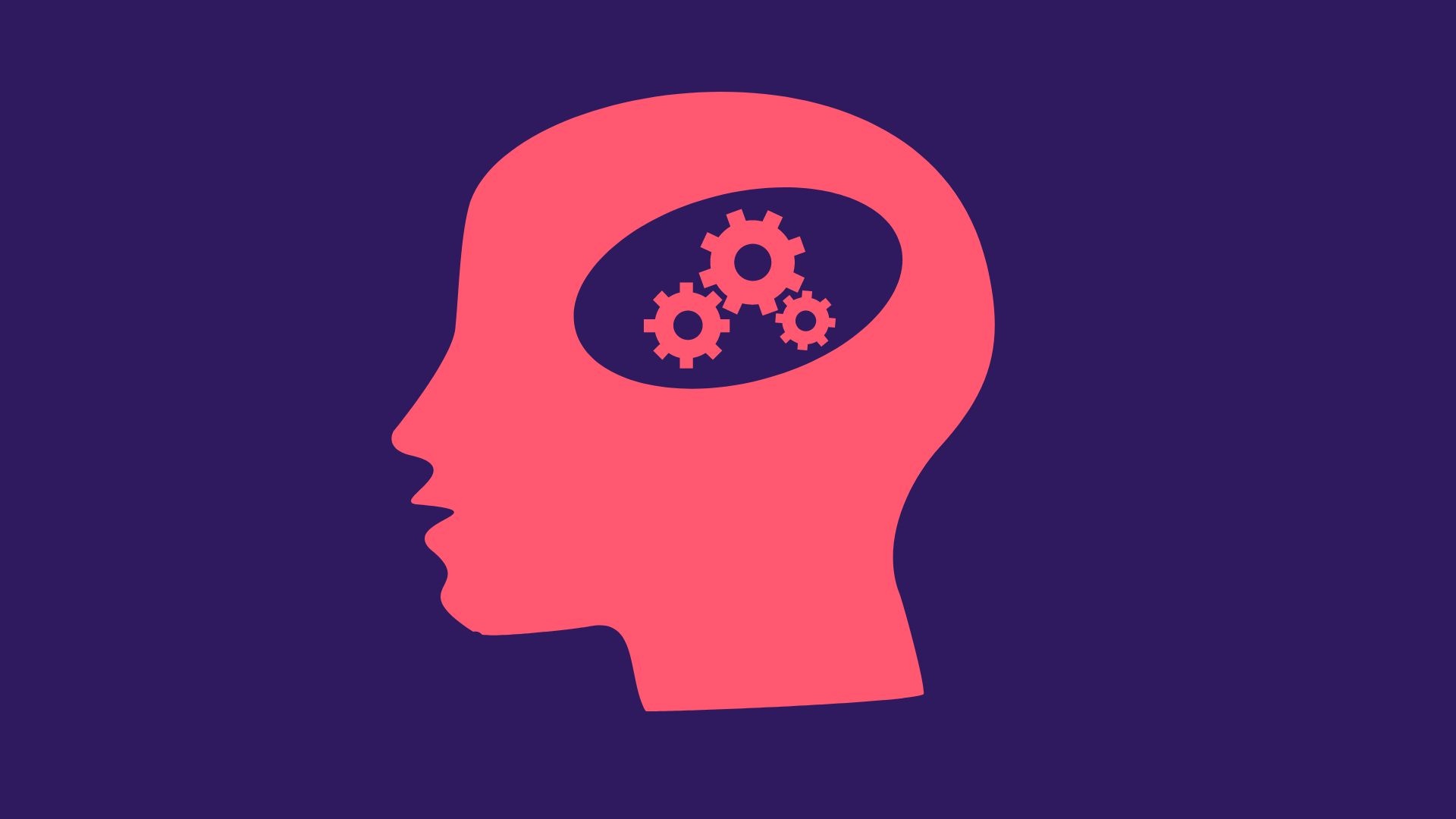This is the fifth part of a 6-part series on Inclusive Leadership by Marissa Ellis, Founder and CEO of Diversily. You can find out about the other articles in the series here and how we can help with Inclusive Leadership development here.
Please share so that together we can create a better, more inclusive future for everyone.
Albert Einstein famously said…
“If I had an hour to solve a problem, I’d spend 55 minutes thinking about the problem and 5 minutes thinking about solutions.”
When it comes to diversity and inclusion, we are often quick to jump to solutions without really understanding the nuances of the challenges we are trying to address.

Momentum is growing as diversity and inclusion is injected into the consciousness of more and more business leaders. However, many leaders are still not sure what to do next. Token gestures like putting one Asian women on your website or putting a statement about diversity and inclusion on your job adverts are all positive steps in the right direction, however unless you take a strategic and informed approach you will only ever be skirting around the edges making a limited impact.
In this fifth article in this Inclusive Leadership series my goal is to open your eyes to some of the challenges associated with building diverse and inclusive teams.
When I asked Ivan Teage, an experienced technology and data Interim Leader and Consultant, what he thought was the hardest part of being an inclusive leader he shared the following.
“Seeing the great work Marissa is achieving with Diversily has made me reflect more closely on my own experiences as a leader. Specifically, I’ve been thinking about the comments I’ve received from colleagues when I’ve hired women for technical roles.
These have been on the surface, encouraging, congratulatory and supportive. However, these same comments carry with them accusations of tokenism, implications of a greater risk of failure, and a warning that the decision may not sit well with others.
Hiring women for technical roles is still considered by many as an unusual or brave statement. I now understand the importance of challenging these perceptions in others, and actively ensuring the team is supportive and supported with no exceptions, coaching others to change legacy prejudiced behaviour.
This is the hardest part for me of being an inclusive leader.”

Being able to coach others to change legacy prejudiced behaviour is indeed, as Ivan notes, a key challenge inclusive leaders face.
There are many others.
For example, what follows are 38 reasons why being an inclusive leader is hard. Each of these points is a huge topic in itself. My goal is to help you see the scope and complexity so you can choose how and where to develop your own understanding.
Being an inclusive leader is hard …
- Because it involves having uncomfortable conversations and being vulnerable.
- Because what many people think of as ‘normal’ is broken.
- Because it requires you to understand and tackle issues that are not your own.
- Because inclusion reduces trust. People trust people who are like them. You have to work harder to build trust across difference.
- Because diversity is nothing without inclusion. You will not leverage the richness of diverse perspectives and insights if you do not create an inclusive environment where people feel able to contribute.
- Because it requires a deep level of self-reflection and understanding.
- Because unlearning is harder than learning. Being an inclusive leader may require you to change your fundamental beliefs, challenge your pre-conceptions and unlearn previous behaviour which may have brought you success in the past.
- Because you need to counter your own affinity bias to proactively build your network and teams with people who are not like you.
- Because it requires you to acknowledge your own privileges and understand the lack of privileges that you and others face. Privilege does not just mean money and opportunity. For example, it is a privilege to feel comfortable talking about your significant other, without fear of judgement or even harassment.
- Because the voice that speaks changes impact of the words that are spoken. Your own identity will change the way you are perceived.
- Because of the fear of saying the wrong thing. It is often easier not to say anything at all. Speaking up, although more challenging, is what is needed.
- Because you need to be able to distinguish between confidence and competence. Those who are not in the dominant majority will naturally be less confident, yet this does not mean they are less competent.
- Because of imposter syndrome. You or members of your team may doubt abilities and fear being exposed as a ‘fraud’, often triggered by being part of a minority group.
- Because you need to understand when to speak and when to make space for minority, underrepresented or more junior voices to be heard.
- Because you need to understand and cater for intersectionality. We cannot reach gender equality if we only think about the needs of the white, straight, middle class, able bodied women.
- Because we are all unique. As a leader you cannot assume everyone has the same needs or desires. Even within a group who have many commonalities, we are all still different.
- Because you need to be able to support the people who don’t know what to do.
- Because you need to challenge the people who say they are already ‘doing it’.
- Because you need to counter the people who turn equality into politics.
- Because you need to educate the well-meaning people who say they treat everyone equally, not realising that equity is what is needed.
- Because of a deep history of discrimination. Centuries of sexism, racism, antisemitism, and homophobia cannot be forgotten overnight.
- Because you need to understand power dynamics.
- Because you need to understand group dynamics. Critical mass theory means that people are less likely to speak up when in the minority.
- Because you need to create psychological safety to enable people to feel comfortable being and expressing themselves.
- Because inequality has many root causes and therefore requires many different solutions. For example, tackling racism is different to supporting people with physical disabilities.
- Because it is more than a lifetime’s work to understand the intricacies of how race, ethnicity, gender, gender identity, sexual orientation, age, social class, physical ability or attributes, religious or ethical values system, national origin, neurodiversity, political beliefs and other factors influence our ability to thrive at work.
- Because gender is nonbinary.
- Because we all have unconscious biases.
- Because it can take generations to change social norms and damaging stereotypes.
- Because the victim (e.g. black man) can also be the perpetrator (e.g. antisemitic black man). For example Wiley.
- Because some differences between people are a visible (e.g. skin colour) and others are not (e.g. sexuality, mental health).
- Because there is a paradox between fitting in a being unique. It is very easy to fit in when everyone is the same.
- Because you need to support the people who feel threatened by change.
- Because you need to convince the people who fear that they will be worse off.
- Because change is hard. Humans are hardwired to resist change. The brain has evolved to create automatic habit pathways. When faced with something new our brains can be resistant to change. This is because it takes more energy to do something new than something we are used to.
- Because you need to help the people who say, “I don’t see colour.” understand that our colour is a fundamental part of our identity that cannot simply be ignored to resolve historic issues of injustice.
- Because pleasing some will alienate others.
- Because an equitable future is not a past we have ever experienced before.
I could continue, but I will stop there.

We can no longer expect diversity and inclusion efforts to be undertaken on a voluntary basis by interested staff members (who are often from marginalised groups) on a best endeavours basis. This is big, complex and of strategic importance. Let’s make sure that we give it the necessary time, resource and budget needed to drive the required and long overdue change.
What specifically can and will you do?
Let’s take just one of these points as an example.
e.g. Point 15. Inclusive leadership is hard because you need to understand and cater for intersectionality. We cannot reach gender equality if we only think about the needs of the white, straight, middle class, able bodied women.
As an inclusive leader you need to build your understanding of intersectionality and cater for it in your approach.
Intersectionality is a term coined by Kimberlé Williams Crenshaw that recognises that certain individuals face multiple and intersecting forms of structural discrimination.
As Kimberlé Crenshaw herself puts it…
“If you’re standing in the path of multiple forms of exclusion, you’re likely to get hit by both.”
You can learn more, in the context of social justice, in her moving TedTalk here.
An understanding of intersectionality will help you as a leader. Firstly, it is important to recognise that there are multiple forms of systemic discrimination that block people from realising equal opportunity and being able to thrive at work.
One of the most powerful things you can do as a leader is let someone else speak. Respect the voice of those most affected by issues and step aside to allow them to serve as spokespeople for their own causes. For example, if you are exploring anti-racism in the workplace, you should not only seek out and consider perspectives from people from different ethnic groups but also consider how other factors such as gender or sexuality might impact their needs or experiences.
It is also important to consider intersectionality in data collection and analysis to ensure that intersectional needs are not overlooked. For example, a staff survey may show that women in the organisation feel the environment is inclusive for them but when you zone in on black women it could tell a very different story.
As an inclusive leader you always have to be on the lookout for unintended negative consequences. Consideration of intersectionality will enable you to be more effective in this respect.
Intersectionality is just one of the 38 points listed above. Use these points outlined in this article to further your own research and use this understanding to take action that will tackle key issues and really make a difference. If you don’t understand any of these points, don’t just move on. Take the initiative to dig deeper to educate yourself.
Addressing these challenges will take both collective and individual effort. I encourage you to think deeply about how you as an inclusive leader would approach each one.
The scale of the challenge ahead should not put us off. It should fire us up to try harder and to realise that we all have a role to play. We need to invest time, money and energy into driving change. The future ahead can be bright, but we need to collaborate, to treat each other with respect and to find solutions that work for everyone.
Lene Hansen the founder of The Glass Ceiling project said…
“Often leaders don’t see their own power to make their staff feel safe and protected. This can be as simple as regular open non-judgmental communication about expectations (especially around appraisal time) or as complicated as taking on external parties to ensure fair treatment. Making your people feel safe is key to inclusivity.”
I urge you to find your power and use it to make your team feel safe. You will see the rewards as your team performance soars.
You owe it to yourself and to your team.
Stay tuned for Part 6 of this leadership series where we’ll explore how to drive inclusive action using the ‘Diversily Inclusive Lenses’.
Please share so that together we can create a better, more inclusive future for everyone.
You can find out more about Diversily Inclusive Leadership development here. You’ll also be able to download the free Inclusive Leadership Change Canvas, which is an excellent discovery tool for self-reflection. Join our growing community of leaders by using The Change Canvas to build high performing inclusive teams and unlock potential.




